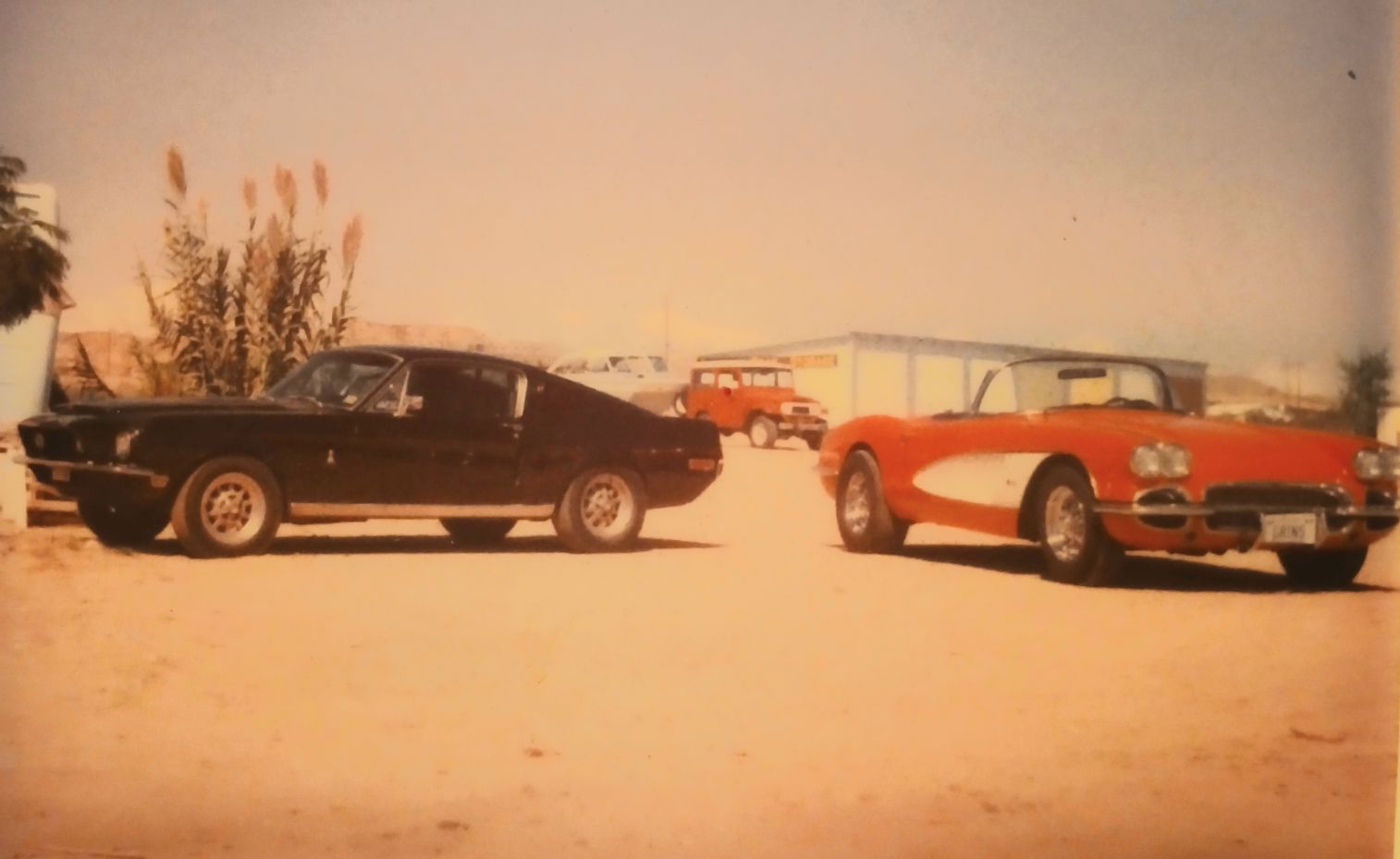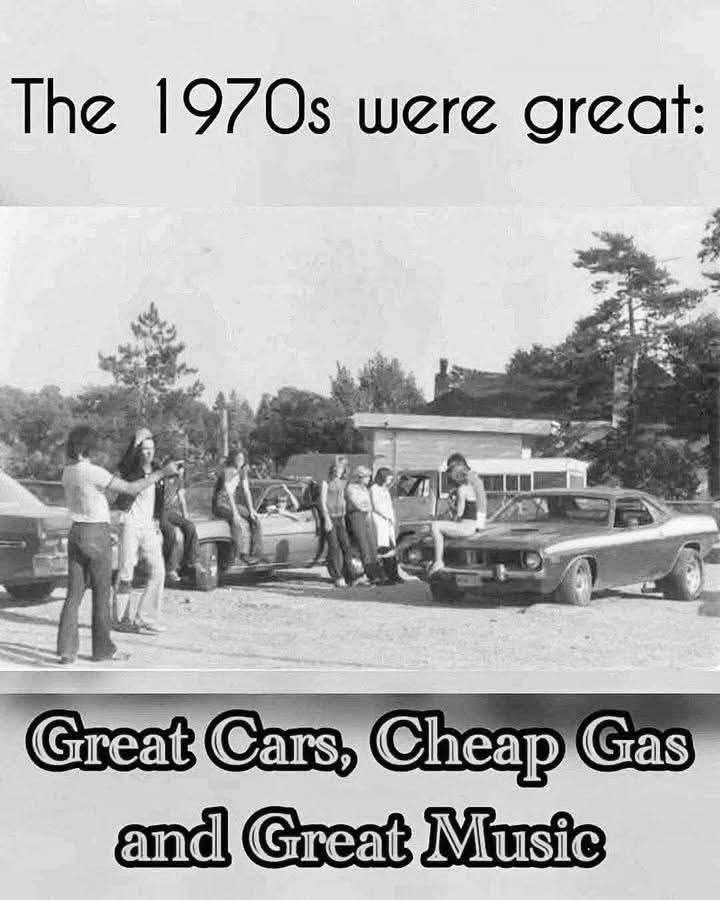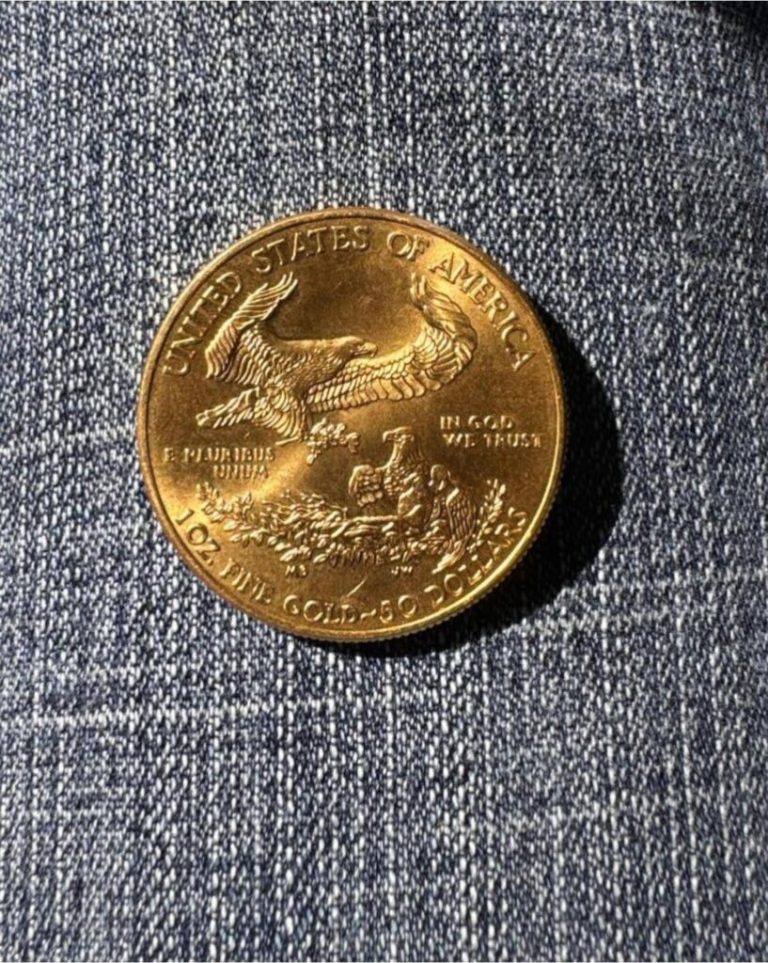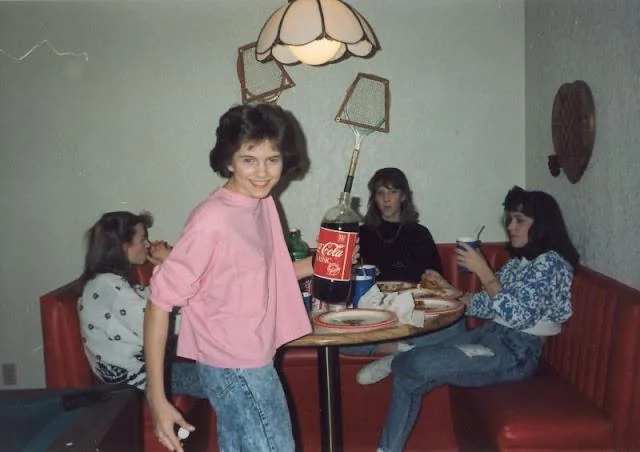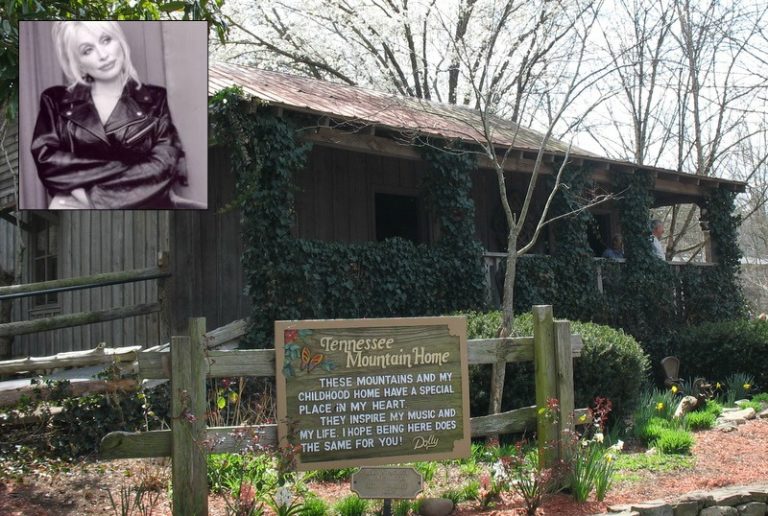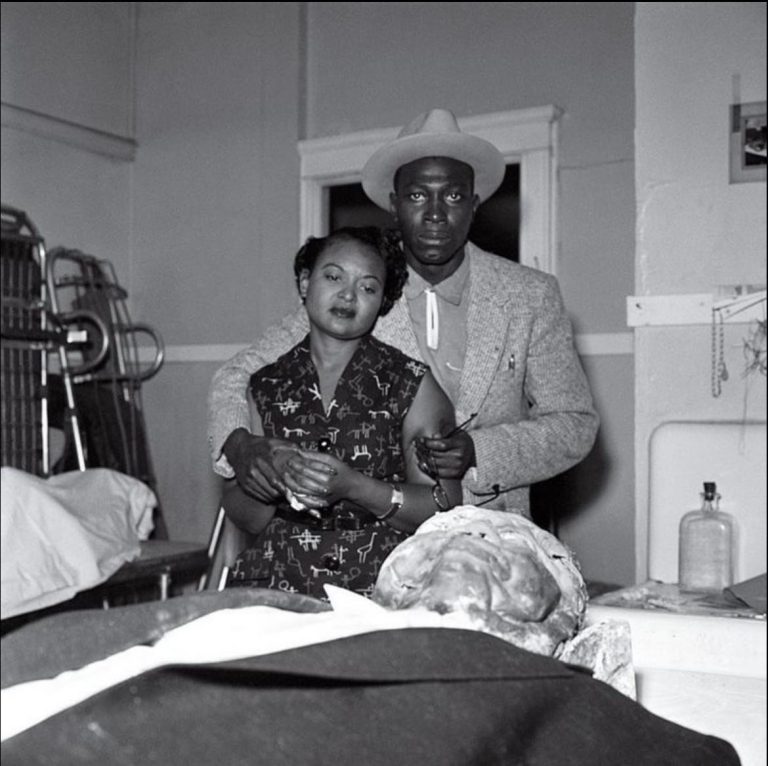The Cars We Loved — and the Freedom They Gave Us
There was a time when getting behind the wheel felt like stepping into your own story.
Not the kind with GPS, seat sensors, or Bluetooth—but the kind with rumble, chrome, and wind coming through the open vent window. It wasn’t just transportation. It was identity.
And if you were lucky enough to come of age between the 1950s and 1980s, chances are your first car didn’t just take you somewhere—it changed you.
The First Car — More Than Metal
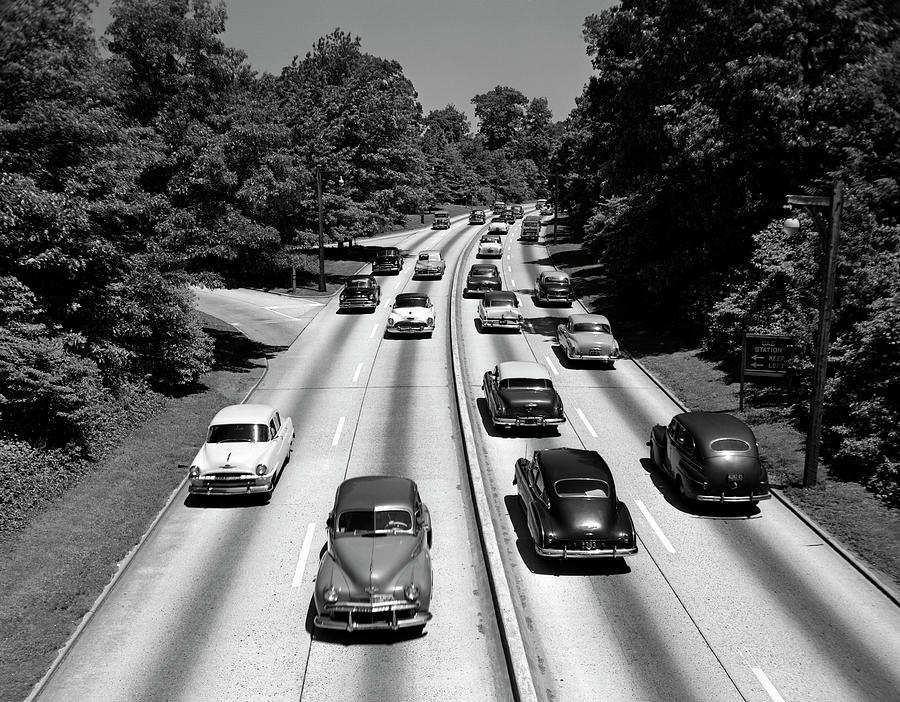
Most of us remember it clearly. The sound of the engine when it cranked. The way the door slammed with a solid, no-nonsense thud.
Maybe it was a ’57 Chevy Bel Air, fire-engine red, with fins that made it look like it could fly. Or maybe a ’65 Mustang, the kind that made heads turn even when parked. Some drove Oldsmobiles, Pontiacs, or those long-bodied Buicks that felt like couches on wheels.
They weren’t new. They weren’t fast, always. But they were ours.
And for the first time, we could choose the music, the direction, the speed—and the silence.
That first drive without a parent in the passenger seat? That wasn’t just a ride. That was freedom.
Soundtrack of the Road

Before touchscreens and Spotify, we had push-button radios and 8-track tapes. You’d slam the dashboard if the station got fuzzy. Or lean slightly to the left because the left speaker always played louder.
And when a good song came on—maybe The Temptations, CCR, or Janis Joplin—you turned it up and rolled the windows down. Not all the way, because manual windows took effort. But enough to let the wind mix with the music.
Some of us sang loud. Some of us didn’t say a word. But everyone knew: in those few minutes, life was good.
Cars Had Faces Back Then
We didn’t need to know engine specs to fall in love. Cars had presence.
The chrome grilles, the hood ornaments, the tailfins that made them look like something out of a science fiction movie.
You didn’t see a car—you recognized it.
A Dodge Charger meant muscle. A Cadillac Eldorado meant elegance. A VW Beetle meant you probably had a guitar in the back.
There were no “crossovers,” no “eco modes.” Just steel, color, and confidence.
And they weren’t designed by algorithms. They were designed by people who wanted the road to feel exciting before you even started the engine.
Backseat Memories
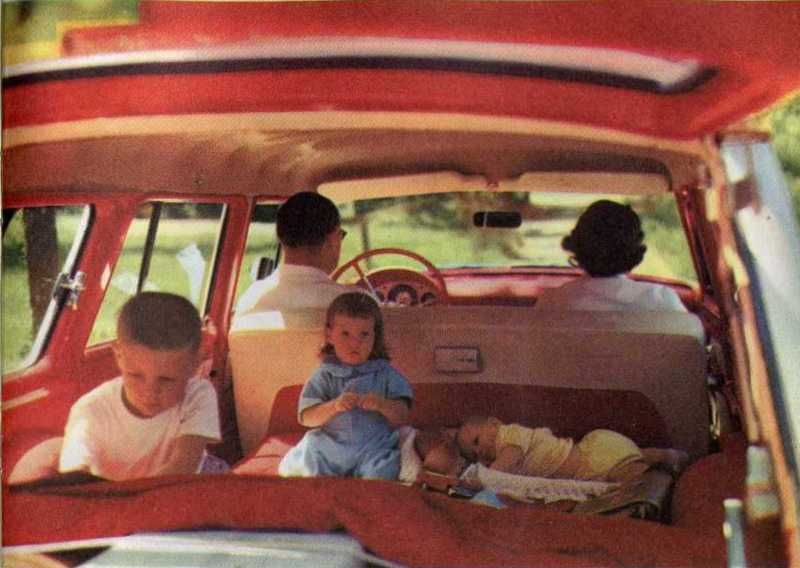
The front seat was about control. But the backseat—that’s where the memories lived.
Family trips with siblings fighting over the middle seat. Windows fogged from breath and laughter. The smell of burgers from roadside diners.
Or dates where you sat just a little closer during a drive-in movie. Or talked for hours in a parked car with the radio humming in the background.
No one was checking a phone. No one had anywhere else to be.
Even when the heater blew only warm air on one side, or the AC barely worked—you stayed.
Because the car was the plan.
Gas Was Cheap and Roads Were Open
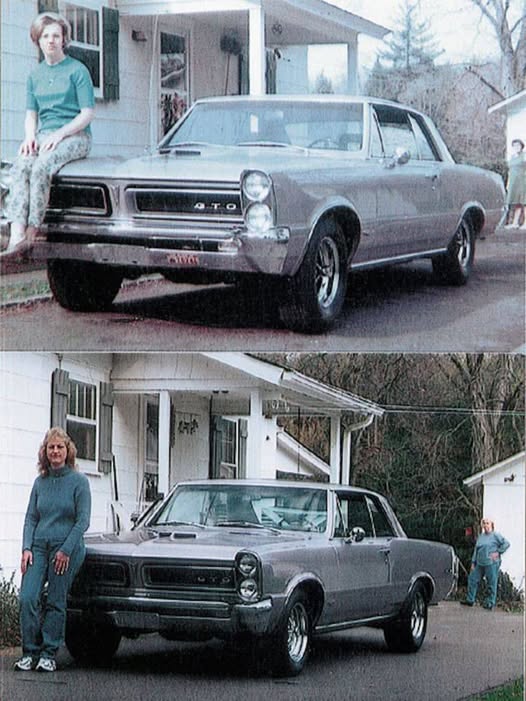
There was a time when a few bucks could get you a half tank. And that was all you needed.
You’d fill up at a full-service station. A guy would wash your windshield, check your oil, and maybe ask if you were headed anywhere special.
And even if you weren’t, you said you were. Because it felt like you were.
The road was wide. The map was in the glove box. And the whole point was just to go.
We Customized Everything
Hubcaps, steering wheel covers, dice on the mirror. Some folks added fog lights or repainted their cars in the driveway.
You didn’t need money to make a car yours. Just time. And care.
And when you saw your reflection in the paint—or heard your own tires on gravel—you knew: this wasn’t just a machine. It was part of you.
When Cars Were Part of the Culture
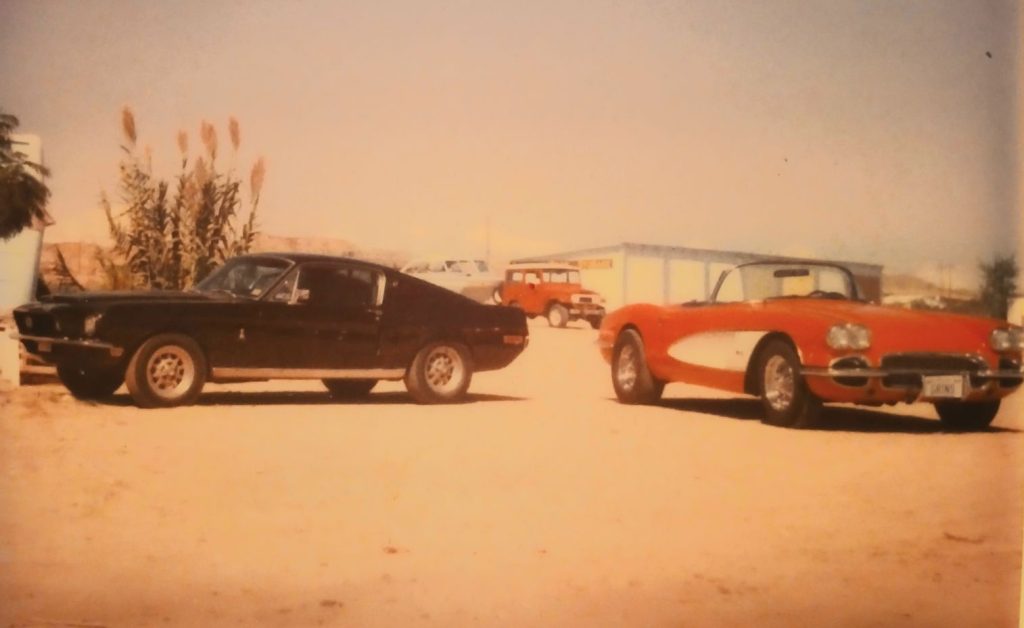
They weren’t background noise. Cars were center stage.
They pulled into diners, lined up at drive-ins, and blasted music through neighborhoods.
People fell in love in them. Broke up in them. Practiced speeches, smoked their first cigarette, cried in the dark after a bad day—all inside a car.
We polished them before dances. Sat on their hoods to watch fireworks. Leaned on them while telling stories under streetlights.
And they weren’t just for the young. Grandma had a Buick Electra with a ride so smooth, it felt like floating. Grandpa’s Chevy truck could take you through mud, snow, and memory.
Where Did They Go?
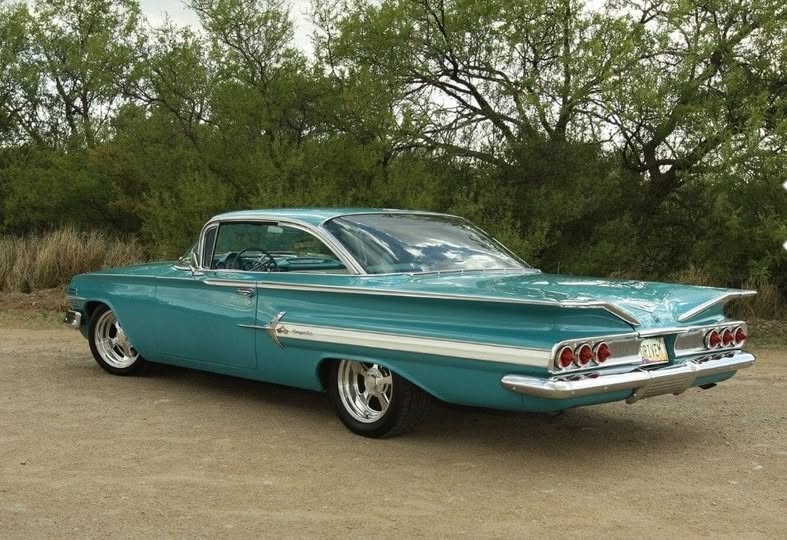
They didn’t vanish all at once. But slowly, the shapes changed. The chrome disappeared. The sounds got quieter. The ride got smoother—but also a little less alive.
Now cars beep and flash and help us park.
But they don’t leave oil stains in the driveway. They don’t teach us how to drive stick. They don’t give us that first slow cruise through town, windows down, hoping someone notices.
They’re useful now. And efficient.
But maybe that’s why we miss the old ones so much.
Because they weren’t just about getting there.
They were about being on the way.
To everyone who ever named their car, drove with one arm on the wheel, or knew exactly how much pressure to give the gas on a cold morning—this one’s for you.
Not because we want to go back.
But because we remember what it felt like to go forward, in something that was ours.
